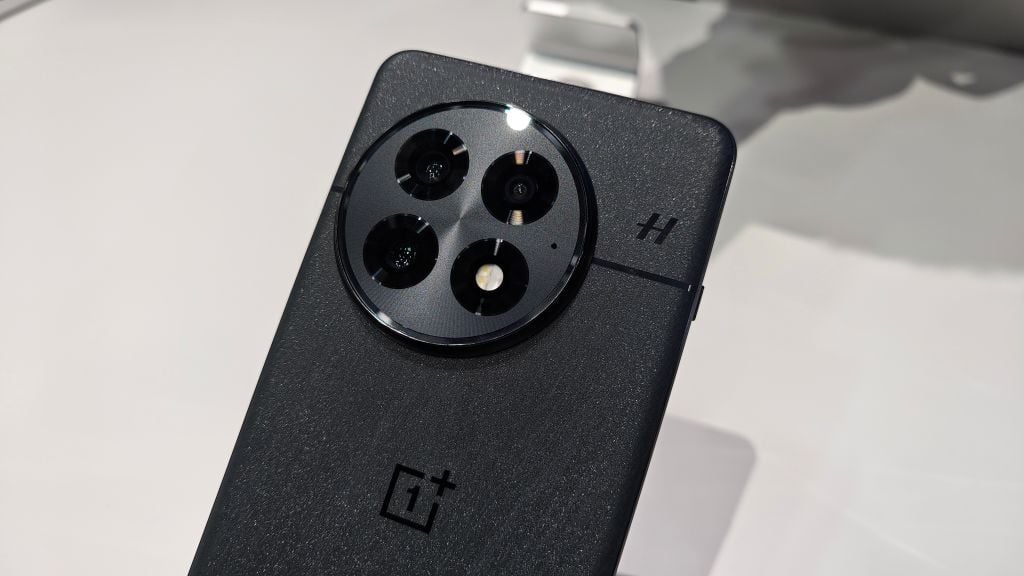
Smartphone brand OnePlus has announced the end of its five-year collaboration with Swedish camera manufacturer Hasselblad, marking a significant shift in its approach to smartphone photography. This decision comes ahead of the anticipated release of the OnePlus 15, slated for next year.
Since the launch of the OnePlus 9 and 9 Pro in 2021, Hasselblad has been instrumental in enhancing the digital imaging capabilities of OnePlus smartphones. Their partnership has been credited with producing cameras that have received positive reviews from critics for their image quality.
Transition to In-House Camera Technology
OnePlus is now venturing into new territory by developing its own imaging engine, known as the OnePlus DetailMax Engine. According to the company, this new technology will leverage the full potential of computational imaging to deliver authentic and undistorted images. “Computational photography has evolved significantly. It’s no longer about creating artificial enhancements or showing you a ‘fake’ moon that never existed,” stated OnePlus CEO Pete Lau. This remark appears to reference recent controversies involving rival Samsung.
In 2023, Samsung faced online criticism after allegations surfaced that its smartphones were using AI to artificially enhance photos of the moon. Samsung later addressed these claims to clarify the technology used in its devices. The timing of Lau’s comments suggests a strategic positioning by OnePlus as it moves to distinguish its imaging technology from competitors.
Reflections on the Hasselblad Partnership
While OnePlus has not provided extensive details on the reasons behind the split, the company expressed gratitude towards Hasselblad, acknowledging the “craft” and “trust” that characterized their collaboration. The partnership, according to OnePlus, “has delivered on every promise.”
This move represents a bold step for OnePlus as it seeks to establish itself as a leader in smartphone photography through its own innovations. The development of the DetailMax Engine signals a commitment to pushing the boundaries of what is possible with smartphone cameras.
Industry Context and Future Implications
The announcement comes at a time when the smartphone industry is increasingly focused on the capabilities of computational photography. As brands strive to differentiate themselves, the ability to offer unique and high-quality imaging experiences has become a critical factor in consumer choice.
According to industry experts, OnePlus’s decision to develop its own imaging technology could set a new standard for smartphone cameras. By harnessing advanced computational techniques, OnePlus aims to provide users with images that are true to life, a goal that resonates with a growing demand for authenticity in digital photography.
“By developing its own imaging engine, OnePlus is taking control of its photographic destiny. This could lead to more innovative features and a stronger brand identity,” said tech analyst Maria Chen.
Looking ahead, the success of the OnePlus DetailMax Engine will likely influence the company’s standing in the competitive smartphone market. As OnePlus prepares for the release of the OnePlus 15, all eyes will be on how its new camera technology performs in real-world scenarios.
The move away from Hasselblad also raises questions about future collaborations between smartphone manufacturers and traditional camera companies. As computational photography continues to evolve, the lines between hardware and software innovation are blurring, prompting companies to reassess their strategies.
Ultimately, OnePlus’s decision to part ways with Hasselblad and pursue its own path in camera technology reflects a broader trend in the industry towards self-reliance and innovation. As the company gears up for its next major release, the impact of this strategic shift will be closely watched by consumers and competitors alike.







